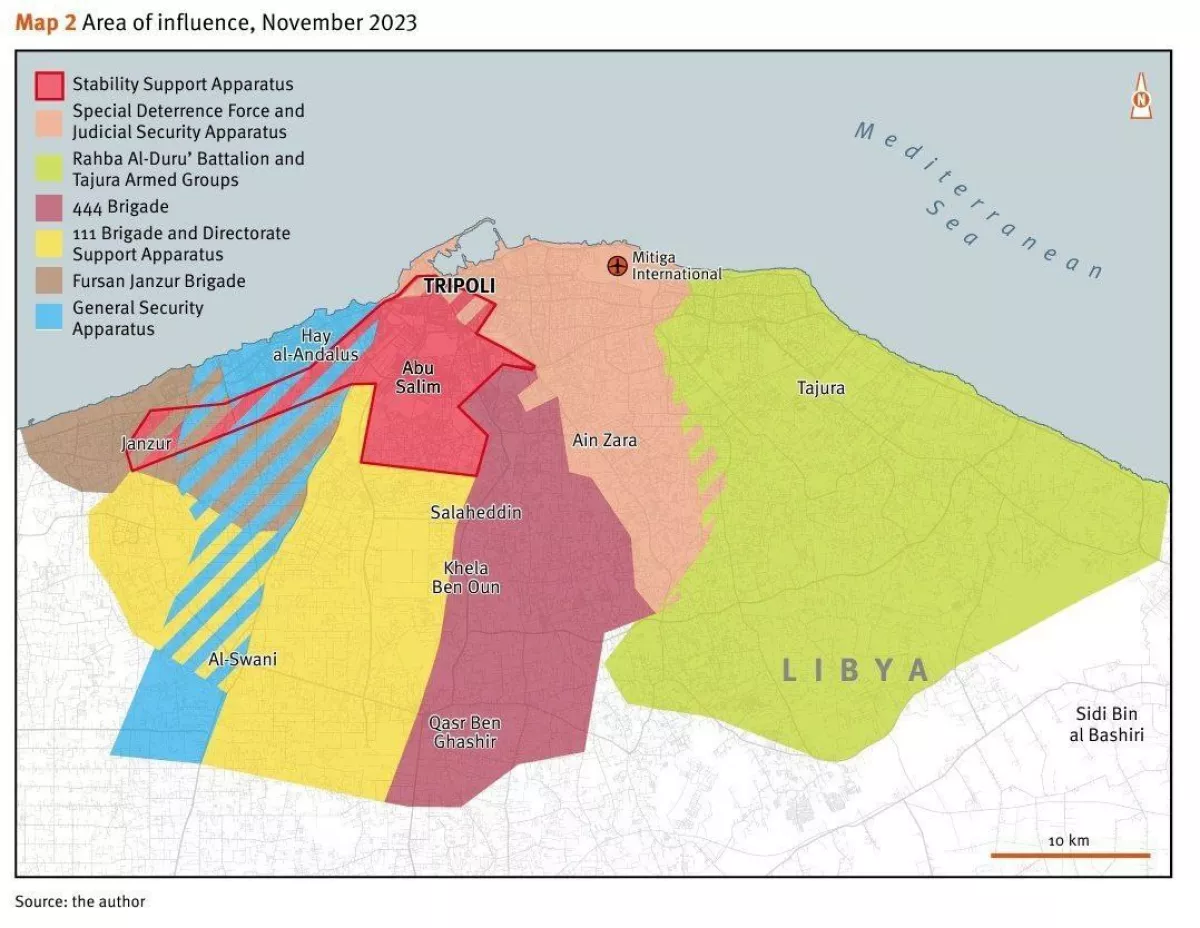Streets of Libya’s Tripoli soaked in blood: Who fueling chaos? PHOTO / VIDEO
The Libyan capital, Tripoli, witnessed its fiercest fighting in years for a second straight night, with clashes continuing into the morning of May 14, sparked by the May 12 killing of prominent militia leader Abdulghani Kikli, known as Ghaniwa.
Eyewitnesses in Tripoli reported heavy gunfire and unrest following the killing of a prominent militia commander, an event that has sparked fierce battles between rival armed groups, Caliber.Az reports via foreign media.

The militia, the Stability Support Apparatus (SSA), was swiftly defeated by factions aligned with Libya’s Government of National Unity (GNU). In a statement, the United Nations Support Mission in Libya (UNSMIL) said it was "deeply alarmed by the escalating violence in densely populated neighbourhoods of Tripoli" and urgently called for an immediate ceasefire. The unrest marks a significant shift in the balance of power within the capital, potentially consolidating control under the GNU Prime Minister Abdulhamid al-Dbeibah.
On May 13, Dbeibah ordered the dismantling of what he described as irregular armed groups, a move that came on the heels of his allies—the 444 and 111 Brigades—seizing SSA-held areas. This shift leaves the Special Deterrence Force (Rada) as the last significant armed group not firmly aligned with Dbeibah, signalling a possible turning point in Tripoli’s fractured security structure.
Libya has faced persistent instability since the 2011 NATO-backed uprising that ousted longtime ruler Moammar al-Gaddafi. Since 2014, the country has been divided between rival factions in the east and west. A 2020 ceasefire largely halted major combat, but the underlying power struggles remain unresolved. The east of the country continues to be controlled by Khalifa Haftar and his Libyan National Army (LNA), while western Libya, including Tripoli, has remained fragmented among multiple militias with shifting loyalties.
By Naila Huseynova








